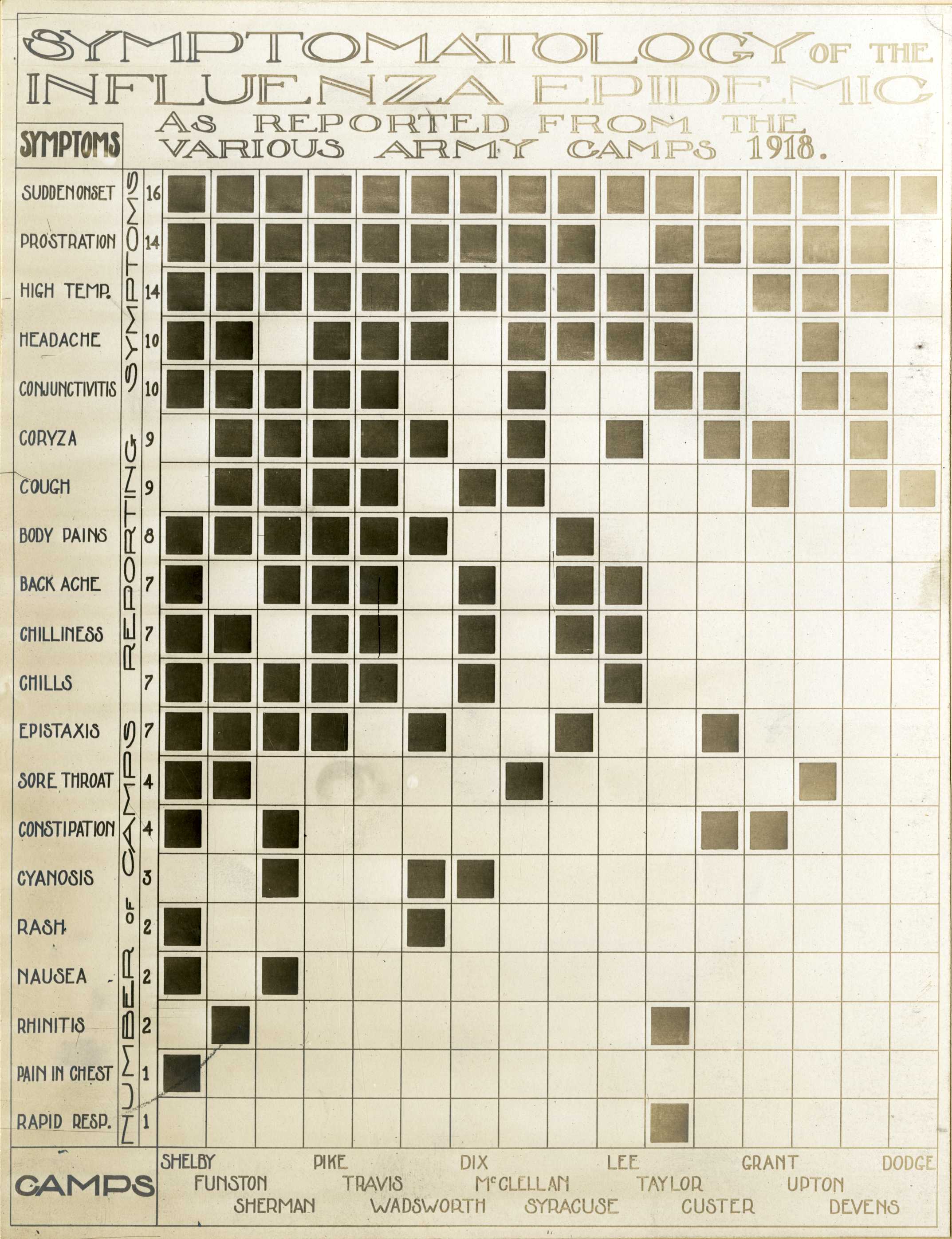
Photo from academic.microsoft.com
In this project we set out to identify ways to increase the uptake of core outcome sets in clinical research. In doing so, we uncovered a growing recognition, across many… Click to show full abstract
In this project we set out to identify ways to increase the uptake of core outcome sets in clinical research. In doing so, we uncovered a growing recognition, across many different health care sectors, of the need for common, relevant outcomes to improve the quality of decision making. This has led to a plethora of projects, initiatives, and new organizations all intended to develop standardized outcomes and outcome measures for their particular fields. However, the standardized outcome sets developed across siloed initiatives do not carry over to other sectors, such as from research to quality of care. This trend has the potential to lead to confusion and unintended redundancies, as well as wasteful use of both financial and intellectual resources. Better communication and collaboration among different initiatives, and more deliberate alignments of initiative scopes, are needed to ensure a future paradigm in which standards align across contexts where possible and differ for understandable and transparent reasons.
Journal Title: Journal of clinical epidemiology
Year Published: 2019
Link to full text (if available)
Share on Social Media: Sign Up to like & get
recommendations!